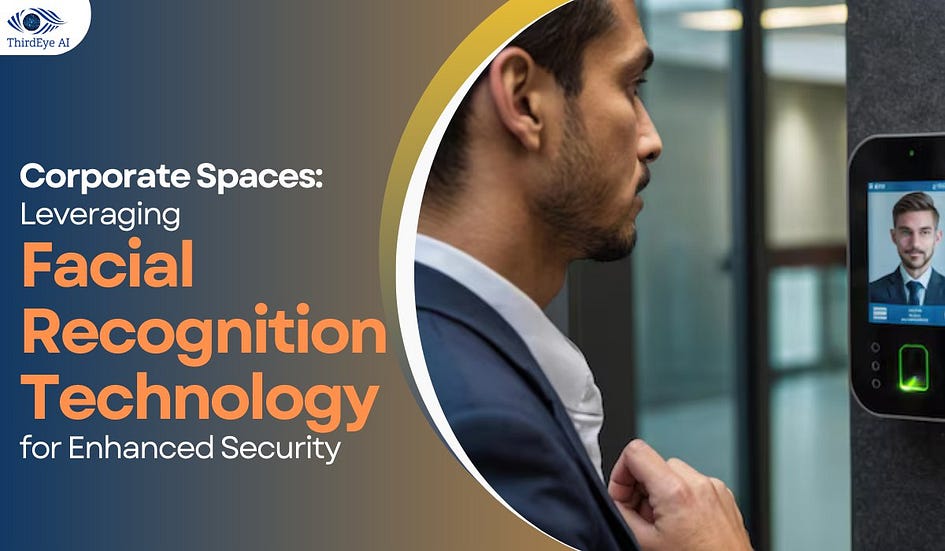
In the ever-evolving landscape of corporate security, traditional access control methods are giving way to innovative solutions that offer enhanced efficiency and reliability. One such technology making waves in the corporate world is facial recognition. By harnessing the power of facial recognition technology, corporate buildings can bolster their security measures while streamlining access management processes for employees and visitors alike.
Enhancing Access Control
At the heart of any corporate security strategy lies access control, the cornerstone of protecting valuable assets and sensitive information. Facial recognition technology revolutionizes access control by replacing inconvenient keycards and PIN codes with a touchless, biometric solution. Employees no longer need to fumble for access cards or remember complex passcodes; instead, their unique facial features serve as the key to unlock doors and secure areas within the building.
Streamlining Visitor Management
In addition to managing employee access, facial recognition technology plays a crucial role in visitor management. Gone are the days of paper sign-in sheets and manual registration processes. With facial recognition systems in place, visitors can quickly and accurately register their arrival, allowing security personnel to monitor and track their movements throughout the building. This not only enhances security but also creates a seamless and welcoming experience for guests.
Real-Time Monitoring and Response
Facial recognition cameras strategically positioned at building entrances and key access points provide real-time monitoring of employee and visitor activities. Security personnel can instantly identify individuals entering the premises, flagging any unauthorized access attempts or suspicious behavior. In the event of a security incident or emergency, facial recognition technology enables swift and targeted response measures, ensuring the safety and well-being of everyone within the corporate space.
Data-driven Insights and Compliance
Facial recognition systems generate valuable data insights that go beyond just access control. By analyzing patterns of employee and visitor movements, organizations can identify areas of congestion, optimize space utilization, and enhance operational efficiency. Moreover, facial recognition technology helps organizations maintain compliance with regulatory requirements by providing detailed audit trails of access events and security incidents.
Integration and Automation
The true power of facial recognition technology lies in its ability to seamlessly integrate with other building systems and technologies. From lighting and HVAC controls to elevator operations and occupancy sensors, facial recognition serves as the linchpin of a fully automated and intelligent building ecosystem. By centralizing access control and security functions, organizations can unlock new levels of efficiency and convenience in managing corporate spaces.
Conclusion
As corporate security threats continue to evolve, organizations must stay ahead of the curve by embracing cutting-edge technologies like facial recognition. By leveraging the power of biometric identification, corporate buildings can fortify their defenses, streamline access management processes, and create safer and more secure environments for employees, visitors, and assets alike. With facial recognition technology at the helm, the future of corporate security is brighter than ever.
Comments